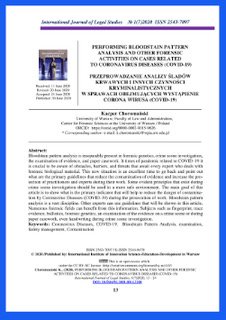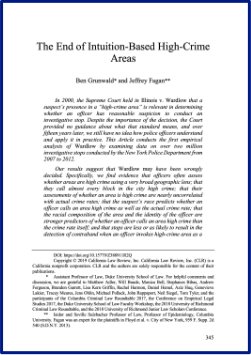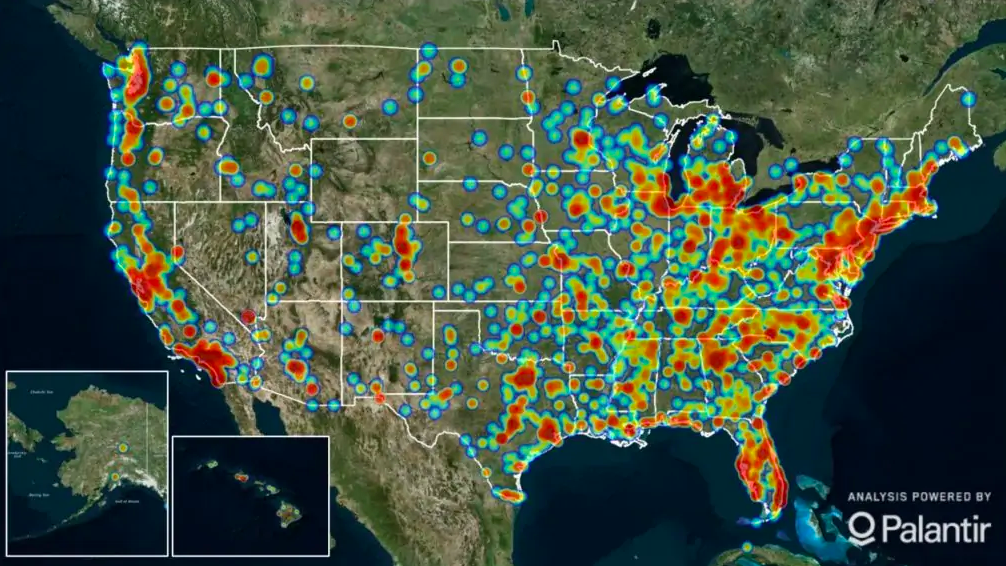By The Substance Abuse and Mental Health Services Administration (SAMHSA), U.S. Department of Health and Human Services (HHS),
Substance use and mental health issues have significant impacts on individuals, families, communities, and societies. The National Survey on Drug Use and Health (NSDUH), conducted annually by the Substance Abuse and Mental Health Services Administration (SAMHSA), provides nationally representative data on the use of tobacco, alcohol, and other substances including illicit drugs; substance use disorders; receipt of substance use treatment; mental health issues; and receipt of mental health treatment among the civilian, noninstitutionalized population aged 12 or older in the United States. NSDUH estimates allow researchers, clinicians, policymakers, and the general public to better understand and improve the nation’s behavioral health. SAMHSA is steadfast in its efforts to advance the health of the nation while also promoting equity. Therefore, this report, based on 2023 NSDUH data, contains findings on key substance use and mental health indicators in the United States by race or ethnicity. The 2021 to 2023 NSDUHs used multimode data collection, in which respondents completed the survey in person or via the web. Methodological investigations led to the conclusion that estimates based on multimode data collection in 2021 and subsequent years are not comparable with estimates from 2020 or prior years. Although estimates from 2021 to 2023 can be compared,6 this report presents NSDUH estimates from 2023 only. Results from the 2023 National Survey on Drug Use and Health: Detailed Tables show comprehensive estimates related to substance use and mental health for 2022 and 2023. The 2023 Companion Infographic Report: Results from the 2021, 2022, and 2023 National Surveys on Drug Use and Health shows comparisons of selected estimates from 2021 to 2023. Behavioral Health by Race and Ethnicity: Results from the 2021-2023 National Surveys on Drug Use and Health shows comparisons of selected estimates for racial or ethnic groups using pooled data from the 2021 to 2023 NSDUHs to increase the precision of estimates. Survey Background NSDUH is an annual survey sponsored by SAMHSA within the U.S. Department of Health and Human Services (HHS). NSDUH covers residents of households and people in noninstitutional group settings (e.g., shelters, boarding houses, college dormitories, migratory workers’ camps, halfway houses). The survey excludes people with no fixed address (e.g., people who are homeless and not in shelters), military personnel on active duty, and residents of institutional group settings, such as jails, nursing homes, mental health institutions, and long-term care hospitals.
Washington, DC: Center for Behavioral Health Statistics and Quality, Substance Abuse and Mental Health Services Administration.





















